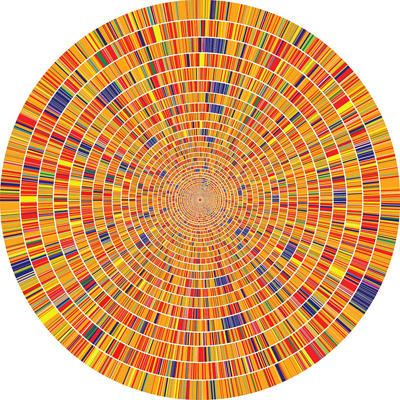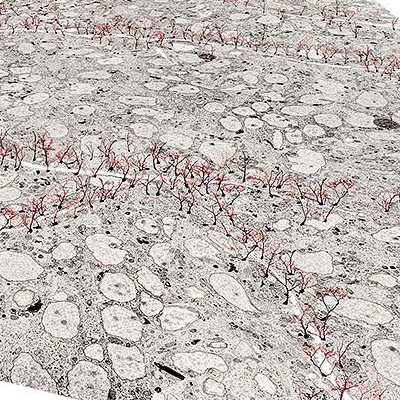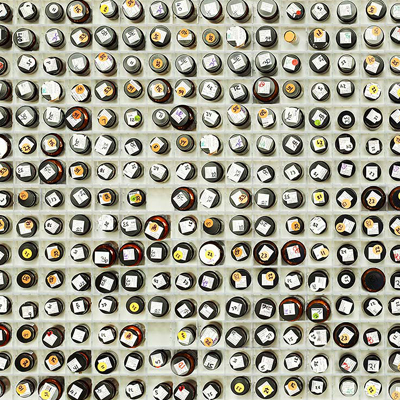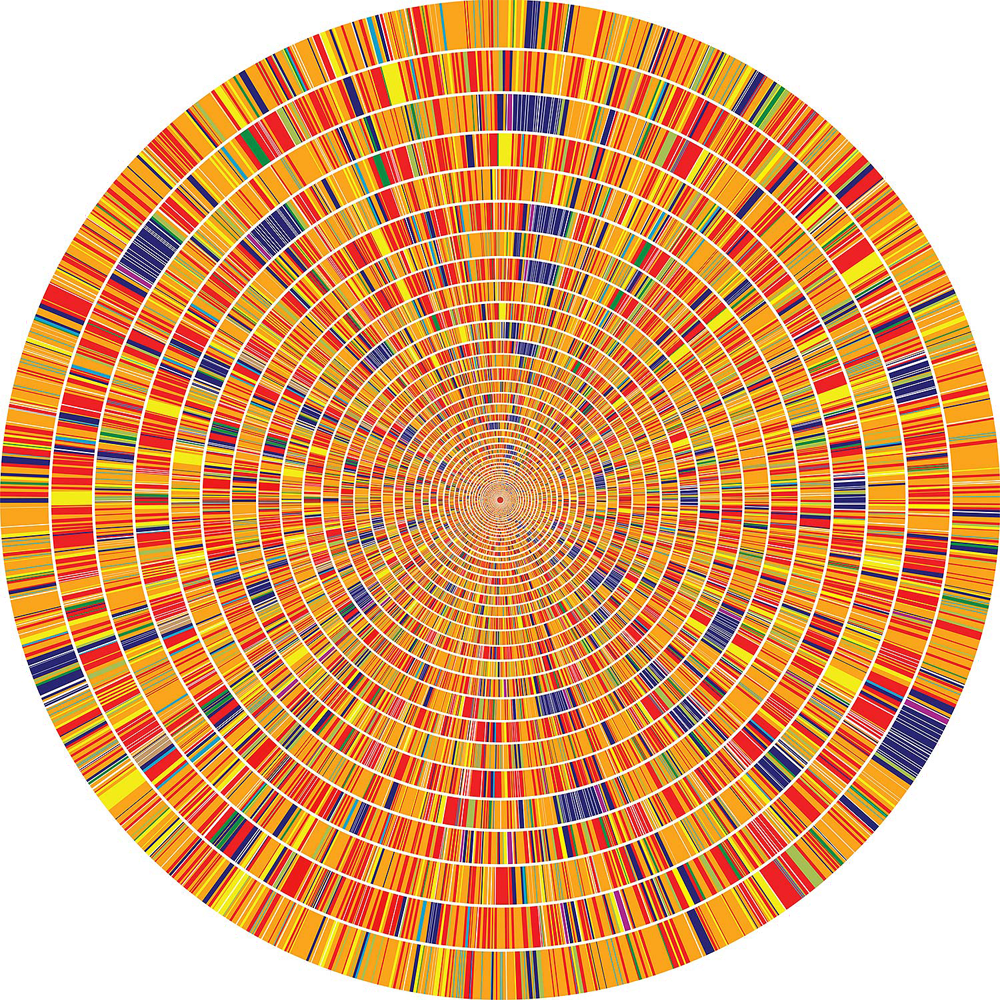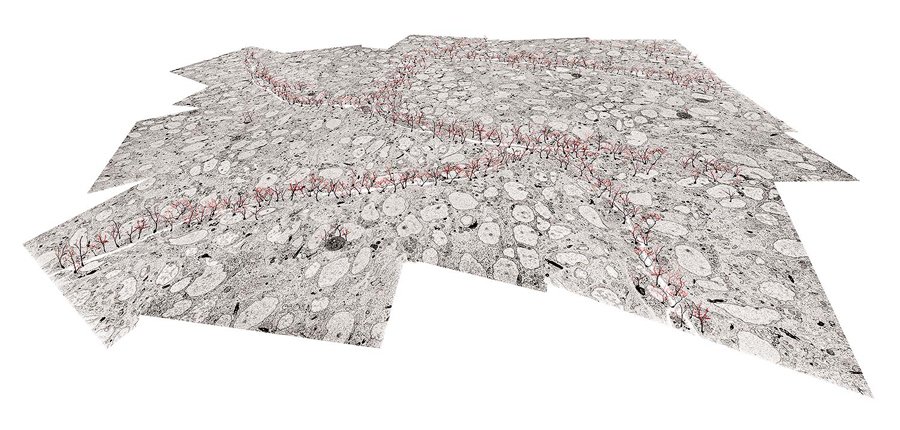OPTOGENOME
Artist: Marcus Lyon
Optogenome was created from a series of collaborations between artist and scientist: the final artworks explore the interface between science and emotion endeavouring to touch the space where science and DNA impacts human life and society. The works have been exhibited at The Kings College Cultural Institute at Somerset House London Photo 51 (2014) and are held in several significant private and institutional collections.
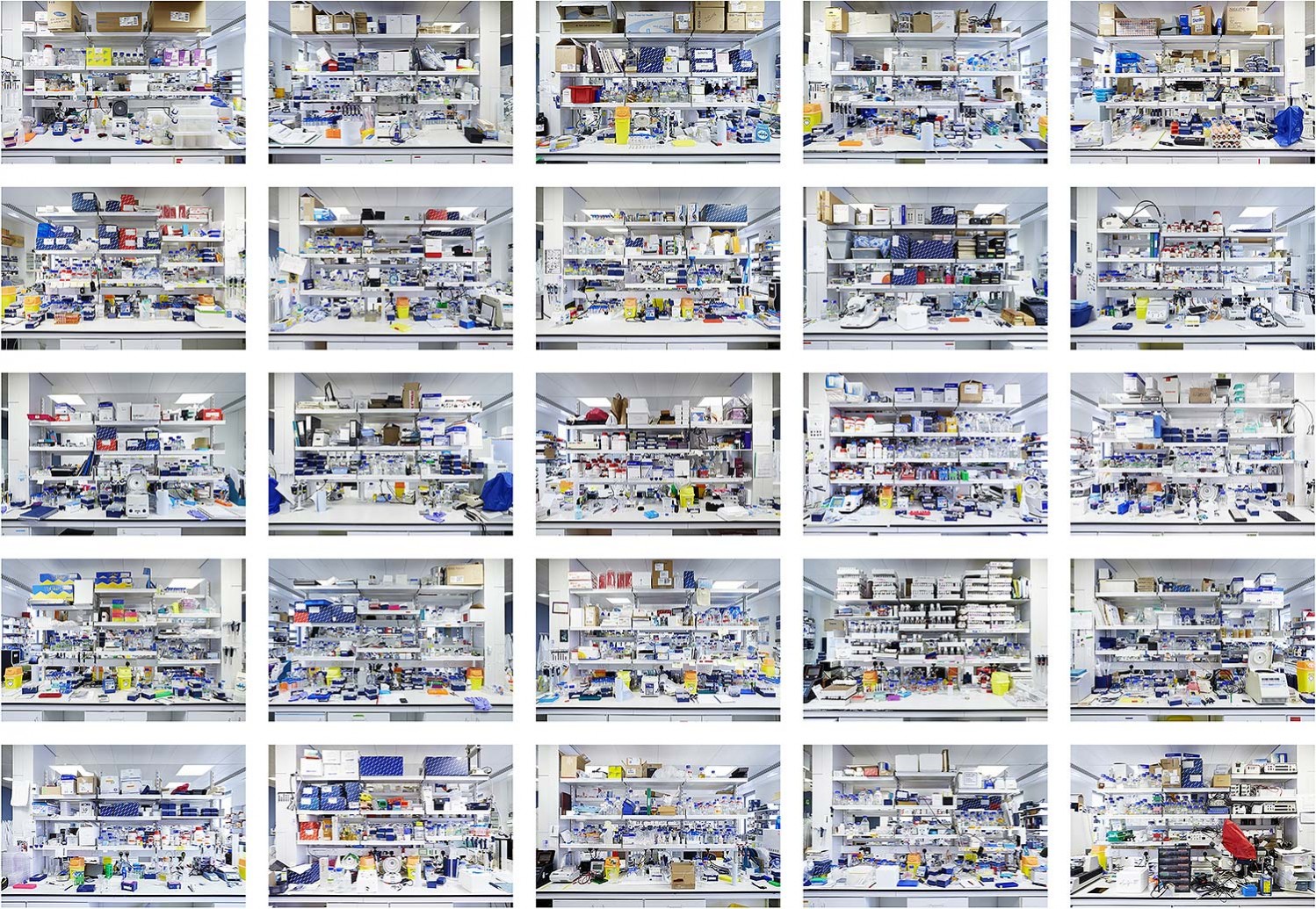

Optogenome V/VI – 50 Benches I/II
At its most basic level science is visual comparison, driven to unearth difference in an endeavour to understand and unlock the reason for variance. Much like the butterfly collector the photographer can search for this comparative truth. In the search to understand actual scientists, 50 Benches I & II collects the myriad samples that are the working laboratory spaces of a 21st century science environment: identical only in the form of recording the totality of variance underlines the delicate difference at the heart of the human condition and our fascination to quantify and qualify. Collaborators: Dr. Joao Peres and Dr. Richard Wingate
[Back to Top]

Optogenome I – How Do Chemicals Feel
In all visual representations of information preconceived structures and languages control perceptions. In the world of the science laboratory these parameters manifest themselves not only to define but also limit the vocabulary of colour, symbol and form. Built from multiple layers, How Do Chemicals Feel endeavours to provoke a viewpoint at odds with conventional practice and in turn asks questions about which questions we ask.
[Back to Top]
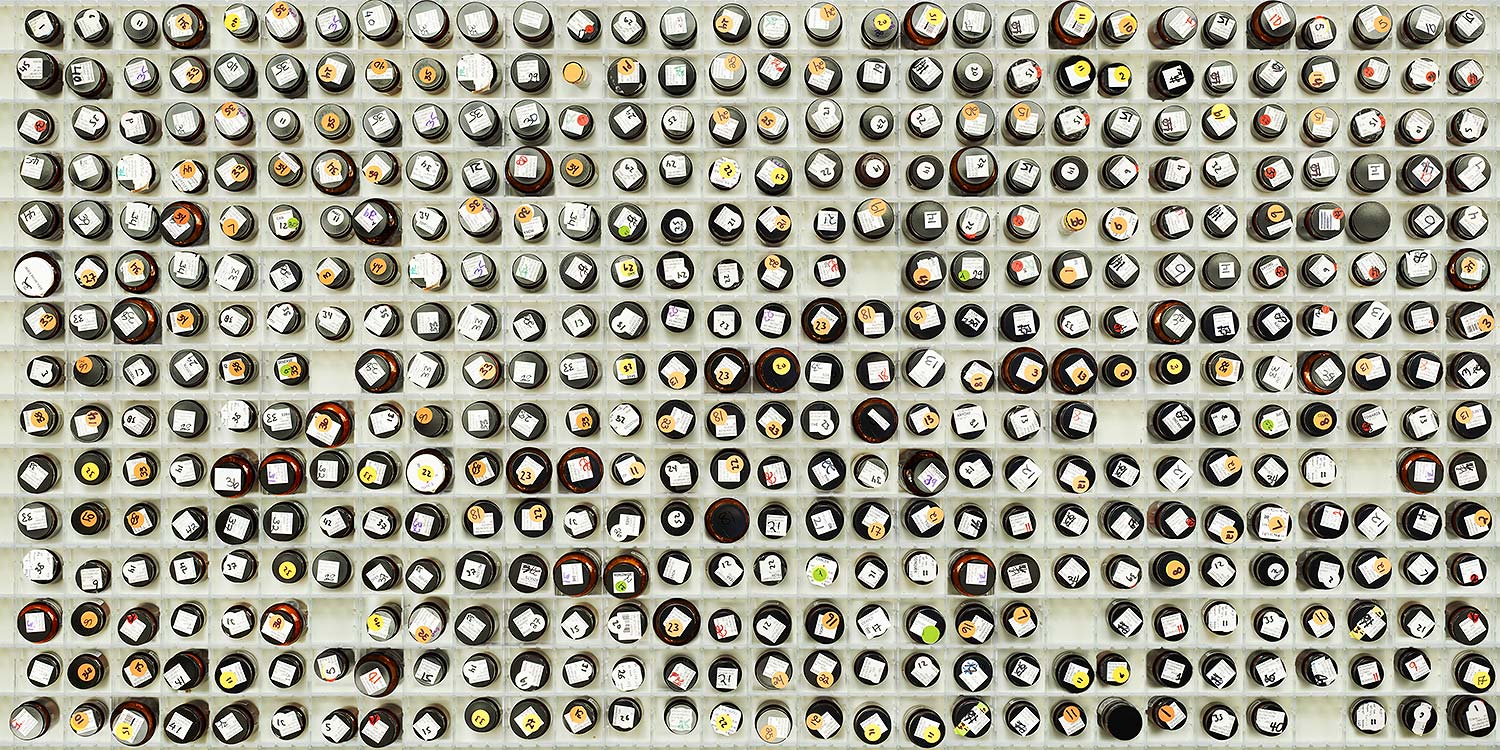
Optogenome II – Everybody Has a Compound
Alone in a lab, working on ever descending threads of exploration and experimentation, do scientists risk losing a critical connection with the human condition? Without this link science is adrift; disconnected from the life-changing role that it plays in communities and families across the globe. The image Everybody Has a Compound allows the collaborative process to come to life through the projection of the written hopes and aspirations of AZ employees layered onto an extended matrix of chemical compounds from the company’s database: each bottle a potential key to a cure for a human illness or disease.
[Back to Top]
Artist Biography: Marcus Lyon
Marcus Lyon (b. 1965) is a British artist. He studied political science at Leeds and leadership at Harvard Business School. He began his career with Amnesty International and The International Children’s Trust working on commissions concerning street children in Latin America, Africa and Asia. He has an international reputation as a conceptual landscape and portraiture artist and has photographed notable public figures including the last 4 British PM’s and Queen Elizabeth II. His work is held and exhibited by significant private and public institutions including the Smithsonian, the Saatchi Gallery, the Art Institute of Chicago and MAM Rio. His most recent bodies of work on urban expansion, Brazilian national identity, mass migration and modern dance have been shown globally. Outside the art world he is a committed social entrepreneur and currently serves on the boards of Somerset House and Leaders’ Quest and is a founder ambassador for The Consortium for Street Children, Photovoice, BLESMA and Home-Start UK . He lives between São Paulo and London with his Brazilian wife Bel and their children Flo and Arthur.
Artist Statement
This fascination with childhood and disadvantage grew from unresolved emotions associated with the death of my elder brother Andrew as a child from illness associated with a genetic mutation. As an adult and artist I have searched for visual answers to the big questions of my time. And thus was born a life long commitment to communicate about key themes of the human condition at the outset of the 21st century: migration, religion, urbanisation, modern science and health.
Emotionally and visually these ideas are so huge that no single image can define them. So I have endeavoured to create new visual languages and techniques within which I can communicate greater truths. The resulting works depict landscapes without horizons built from a myriad of perspectives; each one familiar and yet intriguingly new. In the Optogenome series I show a selection of works that explore the very cutting edge of the modern science laboratory from both a typological and an emotionally subversive viewpoint. All works have been created within a collaborative framework with the Scientists at AstraZeneca’s Waltham, Massachusetts oncology and infections disease campus and the MRC Centre for Developmental Neurobiology at Kings.
Science Statement
Marcus Lyon’s series Optogenome draws from several different scientific disciplines, including: Optogenetics, Neuroscience, Molecular Biology and Chemistry. Lyon invites the public into an unseen world of research and documents the order and chaos in which the scientific method often thrives.
Share


